Sakura mochi is a traditional Japanese confection made with sweet glutinous rice and cherry blossom leaves. It's the perfect springtime treat!
Get a taste of Japan with this homemade sakura mochi recipe! It’s perfect for cherry blossom season and truly captures the essence of springtime with its subtle pink hue and delicate cherry blossom flavour. This iconic treat is often enjoyed during special occasions such as Hanami (cherry blossom viewing) and Hinamatsuri (Girl’s Day). But we can easily make sakura mochi at home to eat anytime and have a delicious and pretty treat all year round!
What is Sakura Mochi (桜餅)?
Sakura mochi is a traditional Japanese confectionery that is typically enjoyed during the spring season when cherry blossoms (sakura) are in bloom. It’s a popular treat to eat when celebrating Girl’s Day “Hinamatsuri” or for cherry blossom viewing called “Hanami”. It consists of a sweet pink oval shape rice cake filled with azuki red bean paste (anko) and wrapped in a pickled sakura leaf. The colour of the rice cakes for this recipe comes from beetroot to get a pink tint naturally giving it a beautiful and delicate appearance reminiscent of the cherry blossoms. These pretty mochi treats have a soft and chewy texture with a bit more bite to them and a unique salty-sweet taste. They’re a must-try for any Japanese dessert lovers!
Varieties of Sakura Mochi
There are two main styles of Sakura mochi in Japan coming from different regions – the Kansai region (western) including Osaka, Kyoto and the Kanto region (eastern) which includes Tokyo. Each variation has its own unique characteristics and flavours.
Kansai-style sakura mochi is a sweet made by wrapping red bean paste in steamed and coarsely ground mochi rice called domyojiko. Kansai-style sakura mochi is therefore also known as Dōmyōji mochi as it uses domyojiko which was created at Dōmyōji temple in Osaka.
Kansai style sakura mochi combines the chewy texture of Dōmyōji flour and the gentle sweetness of tsubuan (coarse azuki bean paste) with the scent of cherry blossom leaves.
On the other hand, Kanto-style sakura mochi is a crepe-like dough made from wheat flour and shiratamako, wrapped over koshian smooth strained azuki bean paste. It has the same cherry blossom flavour as Kansai style and is also wrapped in a sakura leaf but the overall texture is different.
Both variations of Sakura mochi are equally delicious and beloved by many Japanese people during hanami (cherry blossom viewing) season.
What Main Ingredients do I Need for Kansai Style?
Since I am from the Kansai region, I am more familiar with Kansai style sakura mochi. So this is the recipe for the sakura mochi that I grew up eating.
Making it authentically, we need Domyoji-ko (道明寺粉), ‘Anko’ sweet azuki bean paste, and cherry blossom leaves and flowers. However, I understand that when most of us live outside of Japan certain ingredients are hard to get. So we need to be creative to make Japanese things with the available ingredients.
Dōmyōjiko
This is a special type of glutinous rice flour that forms the base of the mochi dough. It gives the mochi its chewy texture and slightly sweet taste. Dōmyōjiko is steamed glutinous rice that is dried and made into coarsely crushed rice flour. This type of rice flour is not readily available outside of Japan, so we can substitute it with a very sticky type of rice called mochigome ‘sweet rice’ or short-grain glutinous rice.
Dōmyōjiko Substitution
The glutinous or mochigome rice needs to be soaked in a bowl of water overnight or a minimum of 1 hour if you are in a hurry (process photo 1). Then the soaking water is drained and pulsed a few times in a food processor to crush the rice grain coarsely (process photo 2 & 3).
Red bean paste (anko)
This sweet red bean paste made from azuki beans is used as a filling for sakura mochi. Tsubuan coarse azuki bean paste is used in the Kansai region, but if you prefer smooth red bean paste which is known as koshi-an, you can use it too. You can buy ready-made sweet red bean paste to make Anko balls from Asian or Japanese supermarkets. However, Anko can be made easily from scratch following my sweet red bean paste recipe.
Pickled cherry blossom leaf
These preserved leaves add a subtle floral flavour to the mochi and are an essential part of this traditional dessert. These beautiful pink cherry blossom petals are preserved in salt water brine to give them a tangy flavor that complements the sweetness of the mochi and anko azuki bean paste. They also add a lovely decorative touch to the finished dessert. Salted Sakura Cherry Leaf, and salted cherry flower are available online.
Beetroot juice
To achieve the pink hue of the mochi, the rice has to be coloured. You can use red food coloring; however, to make it healthier and all-natural I used beetroot juice. It doesn’t affect the flavour in any way so you won’t taste it at all.
Step by step instructions making Sakura mochi
It is relatively easy to make, but you need to start to prepare a night before. You need to make Anko balls (sweet red bean paste made into balls) and start to soak the rice the night before.
Night Before : Make anko paste if you are making from scratch following my recipe.
1. Drain the soaked rice and blitz it in a food processor. Then steam the rice for about 30 minutes (Process photo 2 & 3). You can tell when it is cooked because the rice grain color becomes transparent.
2. While the rice is being steamed, prepare the pink-coloured sweet water (Process photo 7 & 8).
3. When the steamed rice is done, transfer the rice into the pink coloured water to soak (Process photo 11 & 12).
4. Assembling : Divide the rice into 6 portions. Place 1/6 of the cooked rice on plastic wrap brushed with syrup (Process photo 15). Flatten the rice into a round shape with a spatula (Process photo 16). Place one of the Anko balls on the center and wrap the Anko ball with rice (Process photo 17 & 18). Remove the plastic wrap and wrap it with a sakura leaf (Process photo 19). Wrap so that the leaf vein is on the outside, which is prettier. Top with a sakura flower bud (optional).
Tips for Perfecting Your Sakura Mochi Creations
If you want perfect sakura mochi, here are some tips to help you make them even more delicious.
1. Use high-quality ingredients: To ensure the best flavour and texture for your sakura mochi, use high-quality ingredients.
2. The key is to work with the dough while it is slightly hot, as it will become difficult to handle as it cools. *Be careful not to get burned.
3. When rolling out the dough, make the edges a little thinner than the center so that when you wrap the strained red bean paste, the dough will not get too thick at the closed end and will come out neatly.
4. Wrap carefully: When wrapping your sakura mochi in pickled cherry blossom leaves, be careful not to tear or damage them. The leaves add a unique flavor and fragrance to the mochi, so handle them gently.
Serving and Enjoying Your Homemade Sakura Mochi
Pair sakura mochi with a cup of matcha for a classic combination that perfectly balance each other.
Hojicha is another type of Japanese tea that will go great with sakura mochi. The toasty notes of hojicha bring out the subtle sweetness of the sakura mochi.
For a refreshing option, enjoy your sakura mochi with mugicha (barley tea). This tea is usually enjoyed chilled/iced so it’s the best choice for warmer Spring days.
FAQ
Q1. Can we eat sakura leaves and flowers?
A: The unique fragrance of Sakura Mochi comes from the scent of coumarin contained in the salted leaves. You can eat cherry leaves with caution and avoid eating excessively. The Japanese Wagashi Association recommends not to eat sakura leaves. So in short, it is just for fragrance.
Q2. How long does mochi last and can you freeze them?
A : It will last for 1-2 days at room temperature. You can wrap them individually with plastic wrap and place them in a ziplock freezer bag. You can keep them for a month in the freezer. Thaw them naturally at room temperature when ready to eat.
Stay Connected
If you liked the Sakura mochi, please leave comment and rate the recipe below.
If you like the recipe please rate the recipe and leave comments below. Also don’t forget to follow me on Youtube, Pinterest, Facebook, Twitter and Instagram. This way you keep up to date with all the latest happenings on Chopstick Chronicles. Don’t forget to Sign up for a weekly newsletter so you never miss out on new authentic delicious Japanese recipes! Sign up form is on the right-hand sidebar.
Sakura Mochi: Cherry Blossom Rice Cake
Sakura mochi is a traditional Japanese confection made with sweet glutinous rice and cherry blossom leaves. It's the perfect springtime treat!
Course: Dessert
Cuisine: Japanese
Prep Time 30 minutes
Cook Time 40 minutes
Total Time 2 hours 5 minutes
Servings: 6 mochi
Calories: 173kcal
Rate this recipe
Ingredients
mochi
- ▢ 1 cup glutinous rice *1
- ▢ ½ cup water or 100ml
- ▢ ¼ cup sugar or 50g
- ▢ 1 tsp beatroots juice *2
Sugar syrup for shaping mochi
- ▢ ½ tsp gelatine leaf Or 1/2 gelatine leaf 1.2 x 1.2 inch (3cm x 3cm)
- ▢ ¼ cup water
- ▢ ⅛ cup sugar
Assembling Sakura Mochi
- ▢ 3 salted sakura flower buds
- ▢ 3 salted sakura leaves
Instructions
Steaming the Rice
Wash and soak the rice in 2 cups of water (not listed in the ingredients list) overnight. *3
Also if you are going to make Anko from scratch, make anko paste the night before too. *4
After the rice is soaked overnight, drain the rice and pulse the rice a few times in a food processor.
Steam the rice for 30 minutes over medium heat. *5
While the rice is being steamed prepare the sakura flower, leaves, pink coloured water, and syrup
Soak the sakura flower and leaves in a bowl of water for 30 minutes. *6
Scoop the flower onto a paper towel and tap dry with paper towel and set aside.
Divide the anko (red bean paste) into 6 balls (20g each) and set aside.
Place the water and sugar in a saucepan. Bring it to boil to dissolve the sugar. Add the beetroot juice and stir. Transfer the sugar water to a large bowl and set aside.
Make the sugar syrup for shaping by putting all the ingredients in a saucepan and bring it to simmer. When the gelatine has dissolved, turn the heat off.
Assembling the Sakura mochi
Add the steamed rice to the large bowl with pink colored sugary water. Stir the rice with a wooden spatula to let the rice absorb the pink coloured sugar water.
Divide the rice into six equal portions.
Brush some plastic wrap sheet with the sugar syrup and place 1/6 of steamed rice and flatten the rice with a spatula.
Place a red bean paste ball in the centre. Wrap it with cling wrap to shape it and cover the red bean paste ball with rice.
Remove the plastic wrap and wrap with a sakura leaf with the vein side out (so it's visible on the outside)
Repeat the same for the rest. Three wrapping with sakura leaves and three decorated with the sakura flowers on top.
Notes
*1 US cups (240ml) or you can weigh 200g.
*2 Grate 1/4 of beetroot and squeeze juice, or you can use red colouring.
*3 You need to soak for a minimum 2 hours. You can see the rice become a solid white colour.
*4 Homemade Anko recipe here
*5 Or you can cook rice as you usually cook rice with your rice cooker. You need the same amount of water as the amount of rice that you use.
*6 Water is not listed in the ingredients list.
Salted sakura flower and leaves are not calculated into the nutrition value.
Nutrition
Calories: 173kcal | Carbohydrates: 40g | Protein: 3g | Fat: 1g | Saturated Fat: 1g | Sodium: 5mg | Potassium: 26mg | Fiber: 1g | Sugar: 12g | Calcium: 4mg | Iron: 1mg
Did you make this recipe? Show me how you went on Instagram! Mention @chopstickchronicles
Chopstick Chronicles is a participant in the Amazon Services LLC Associates Program, an affiliate advertising program designed to provide a means for sites to earn advertising fees by advertising and linking to Amazon.com. As an amazon associate I earn from qualifying purchases.

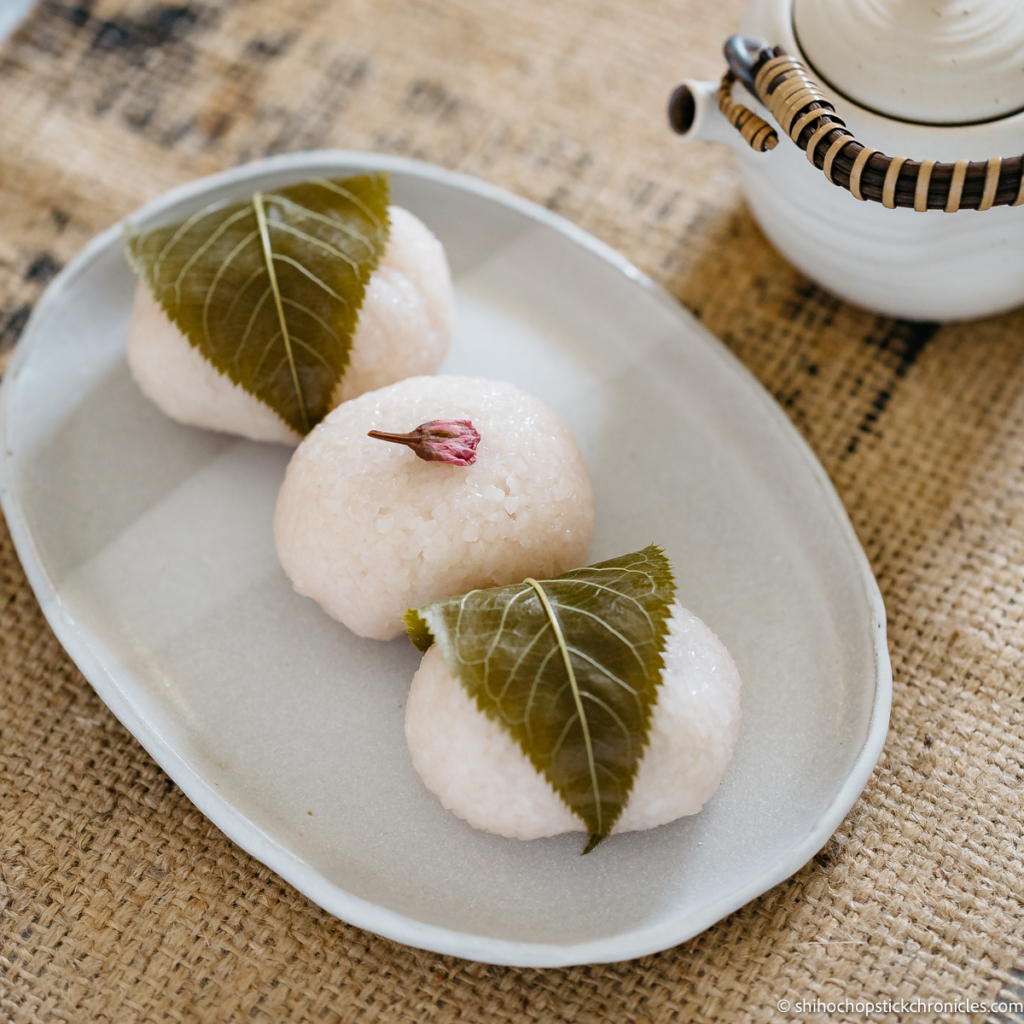
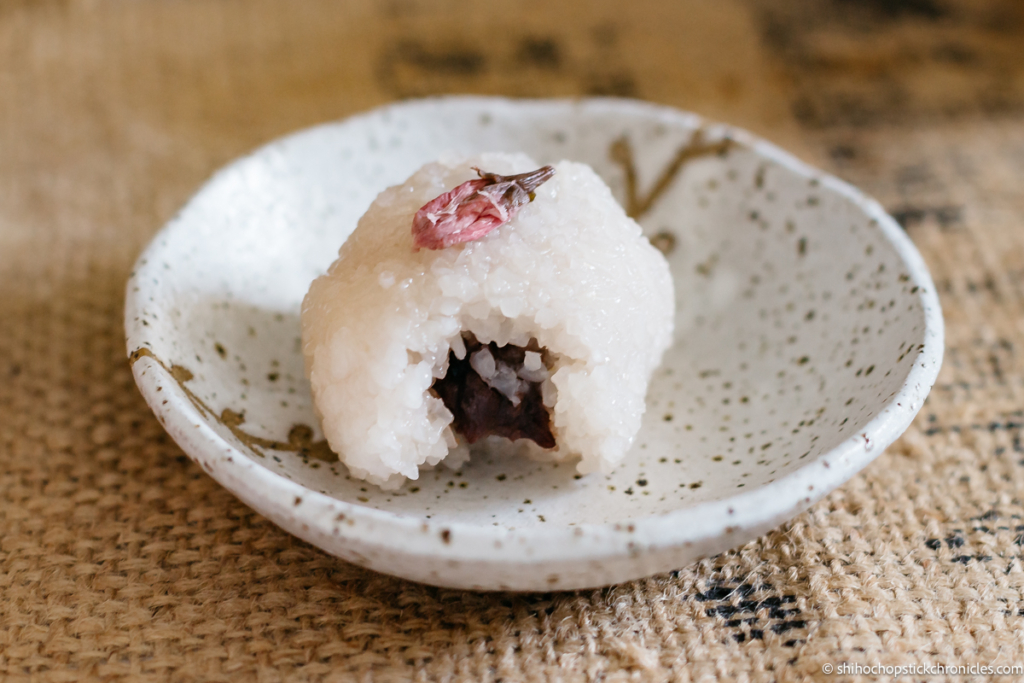
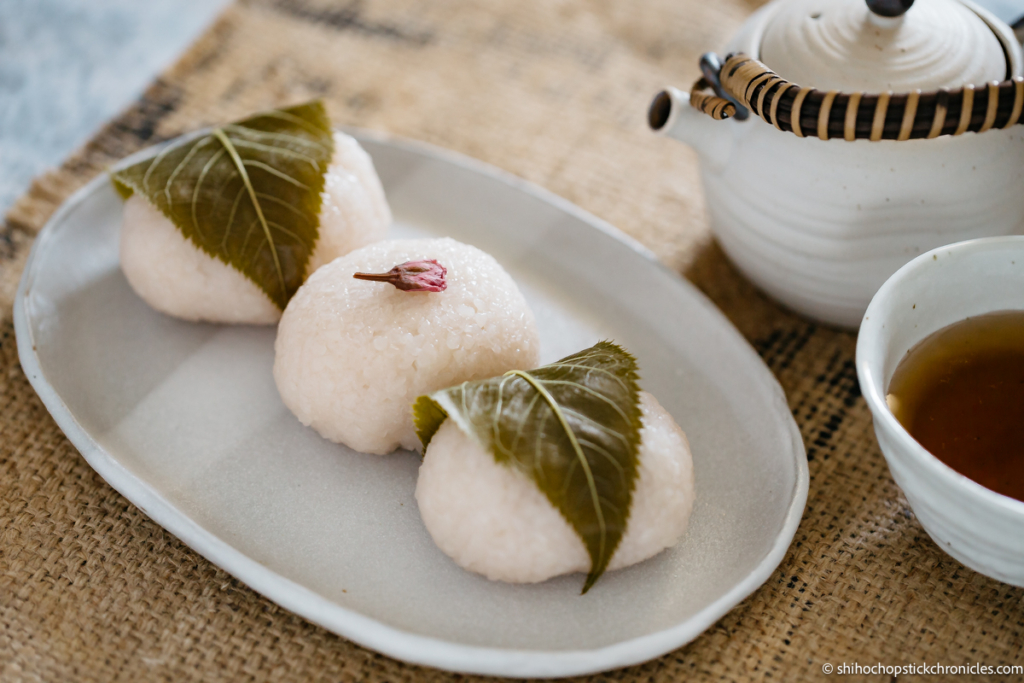
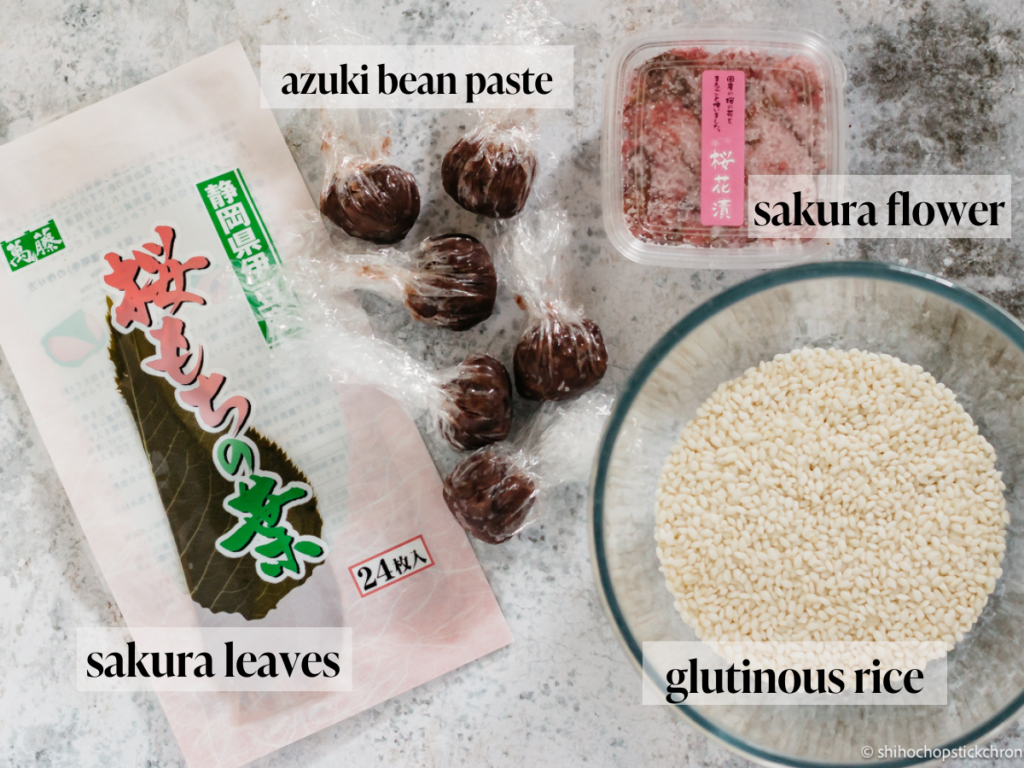
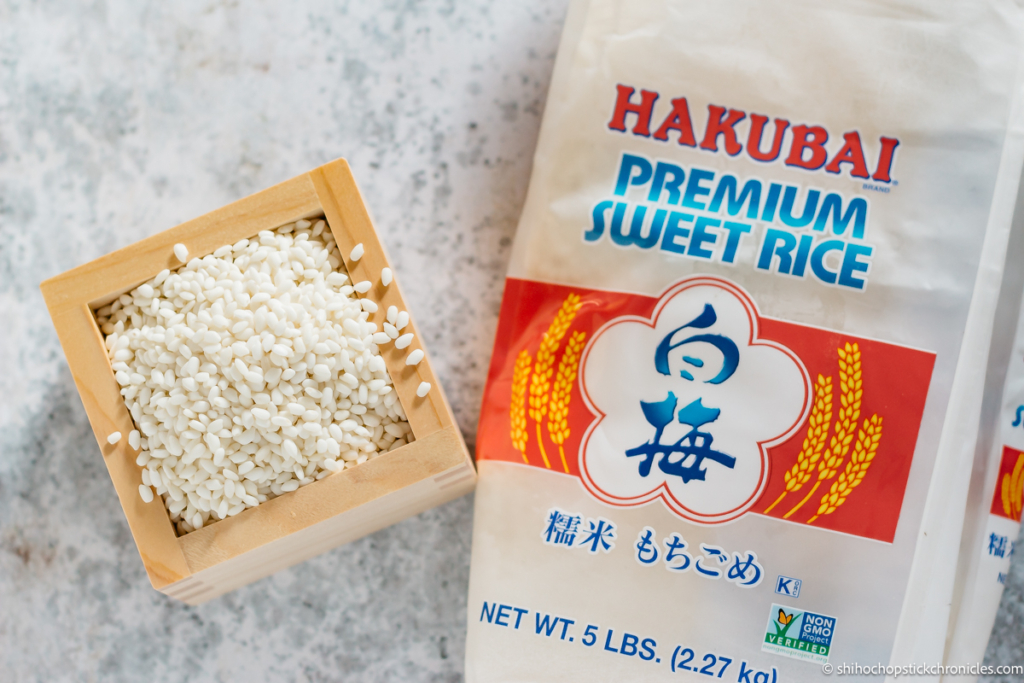
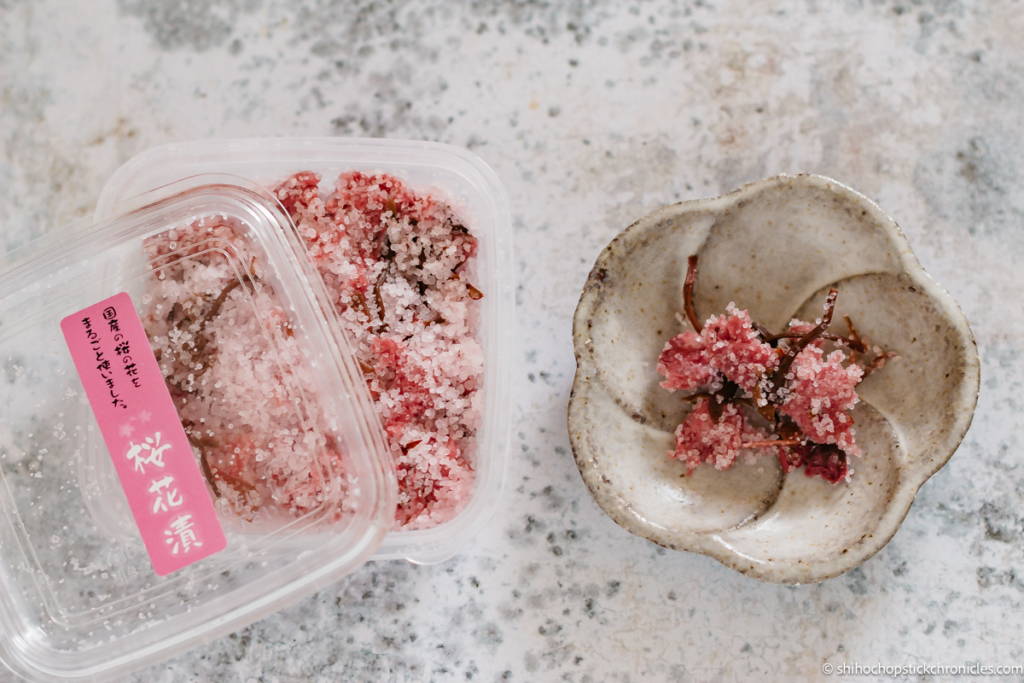
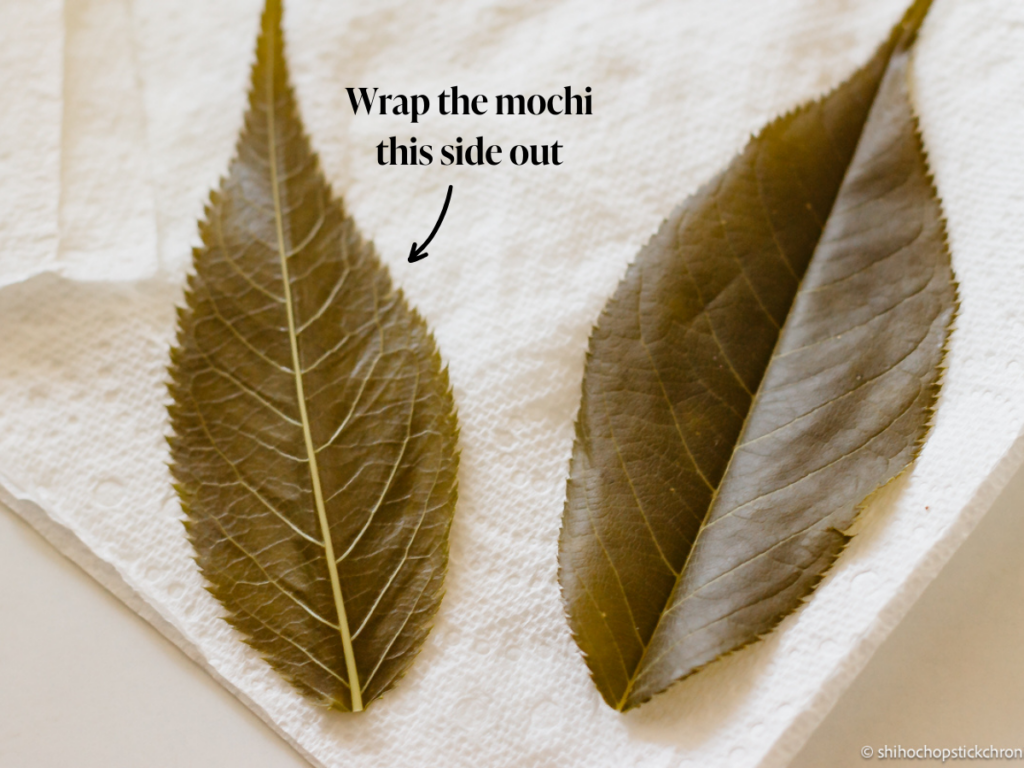
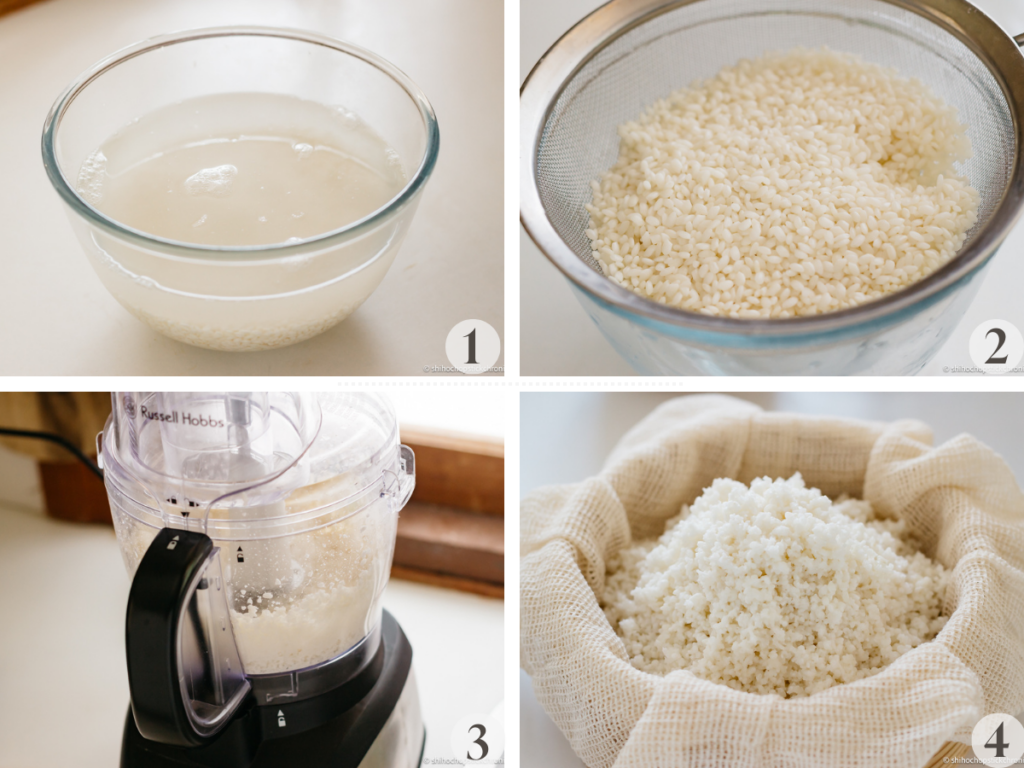
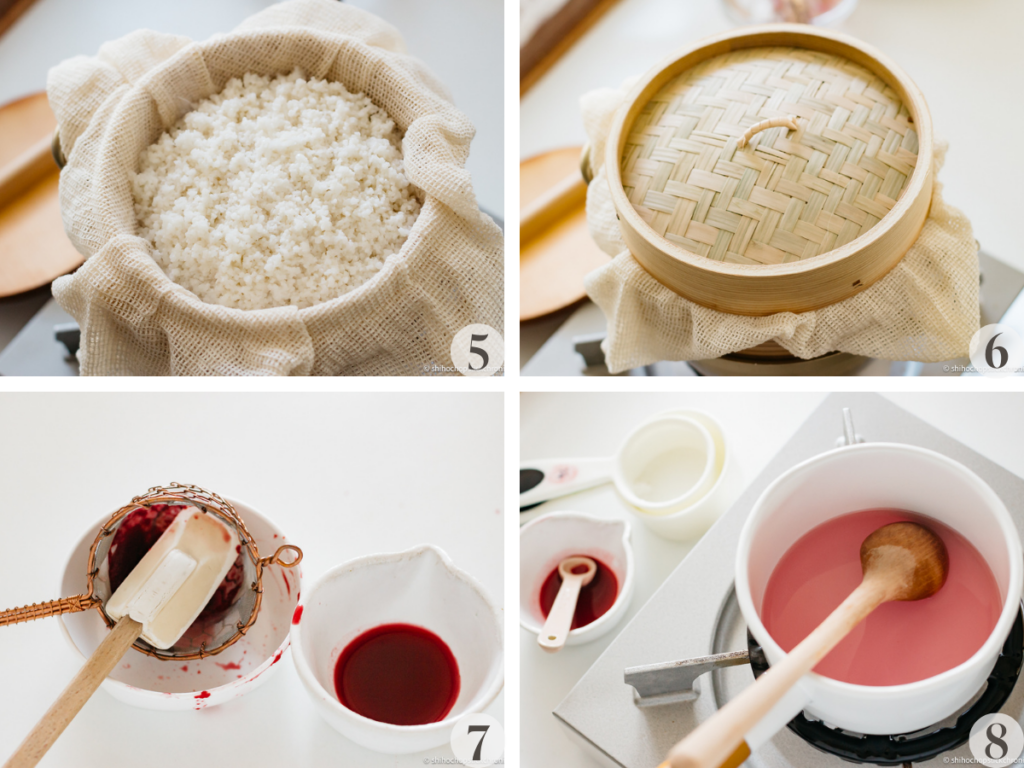
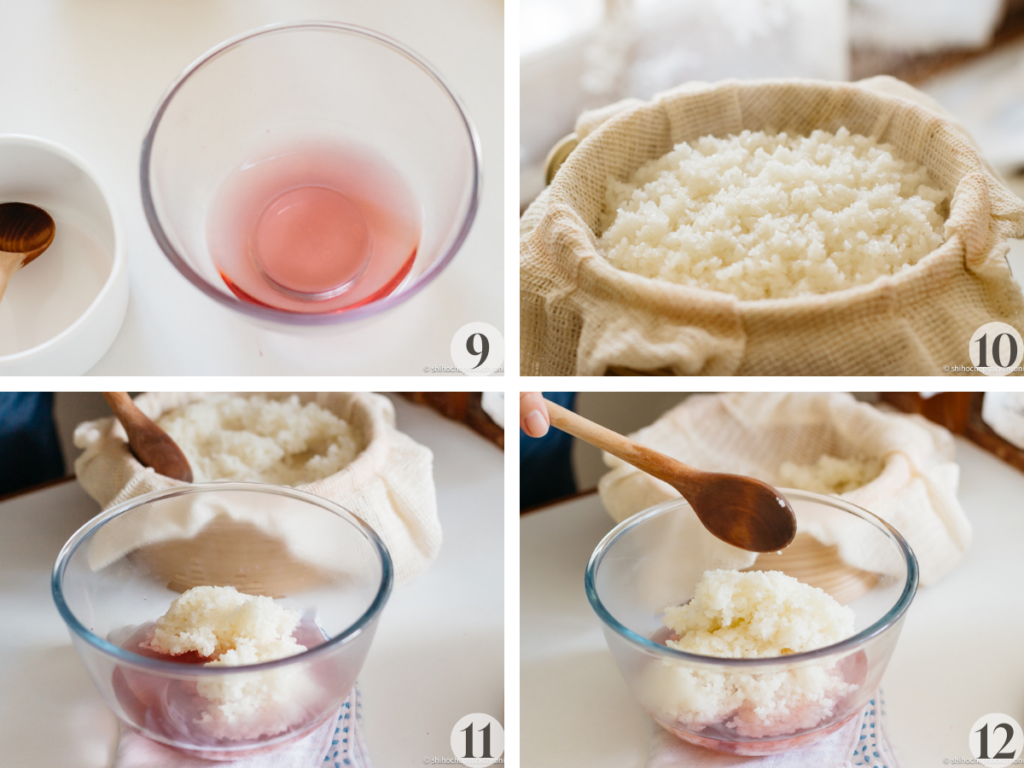
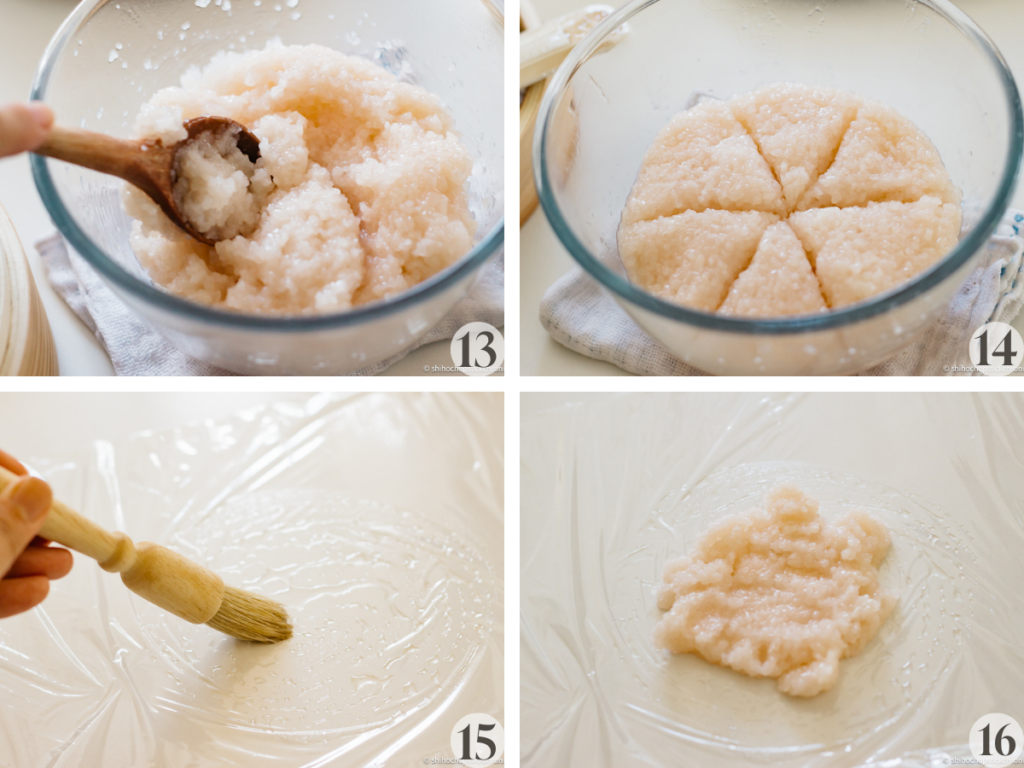
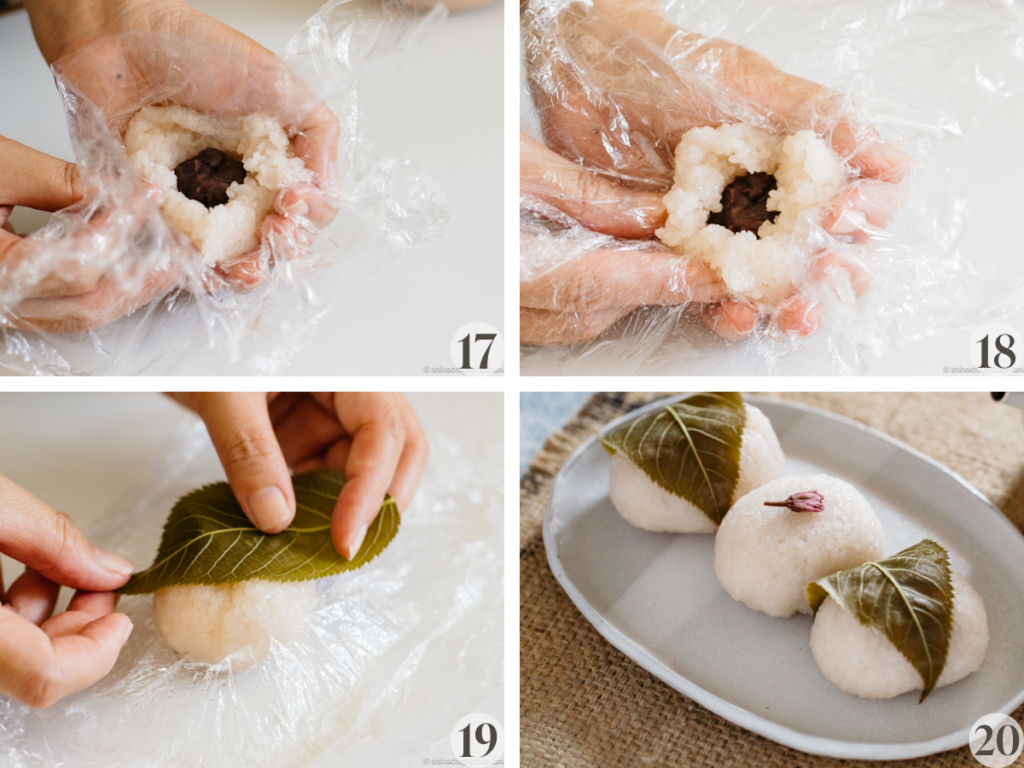
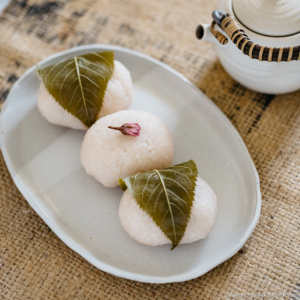




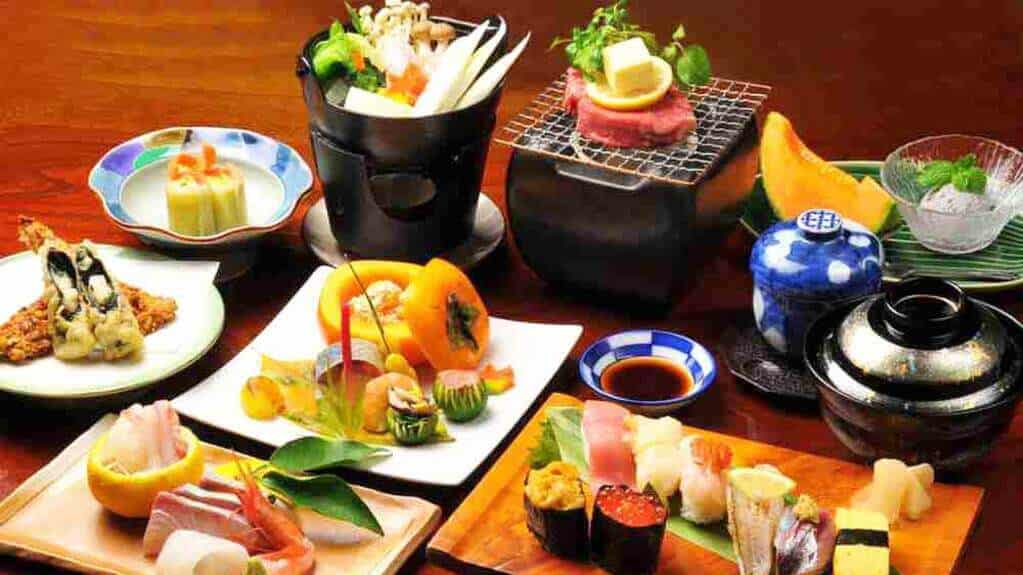



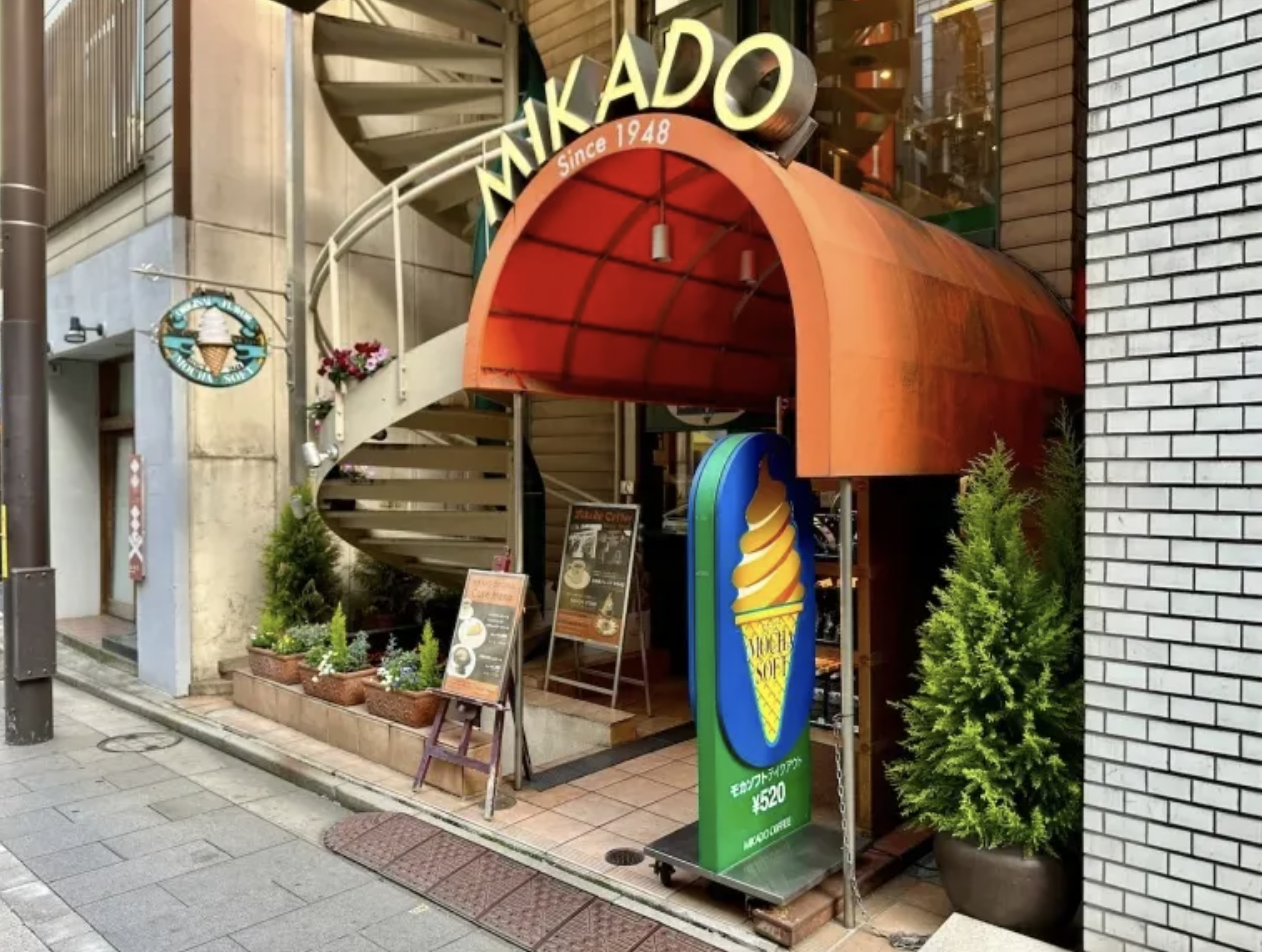

 English (US) ·
English (US) ·